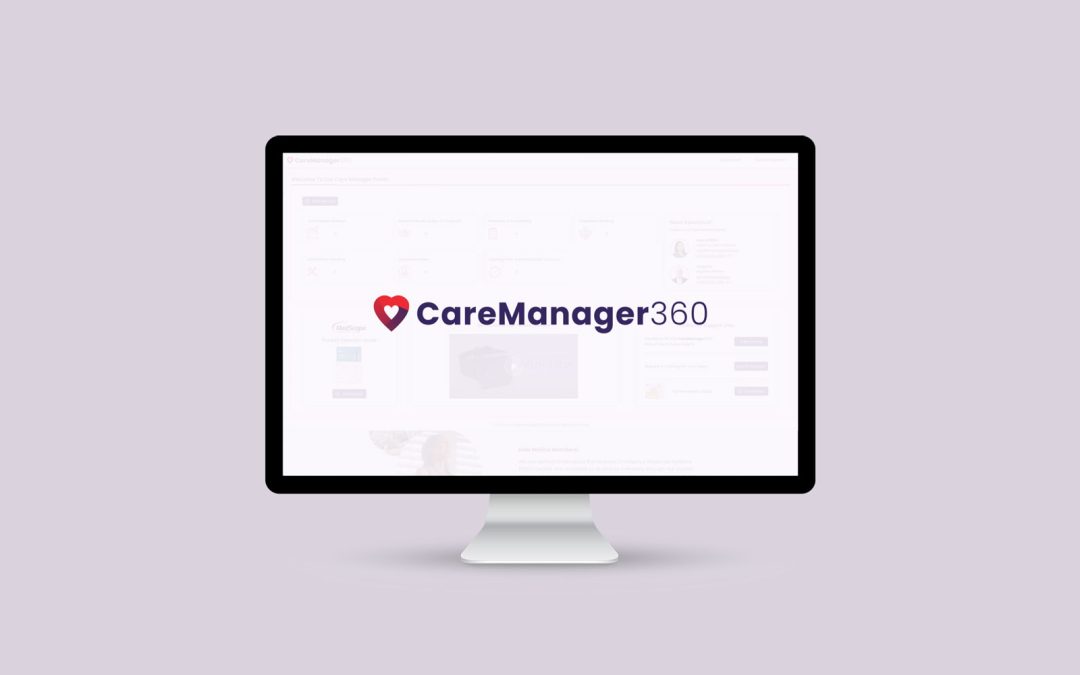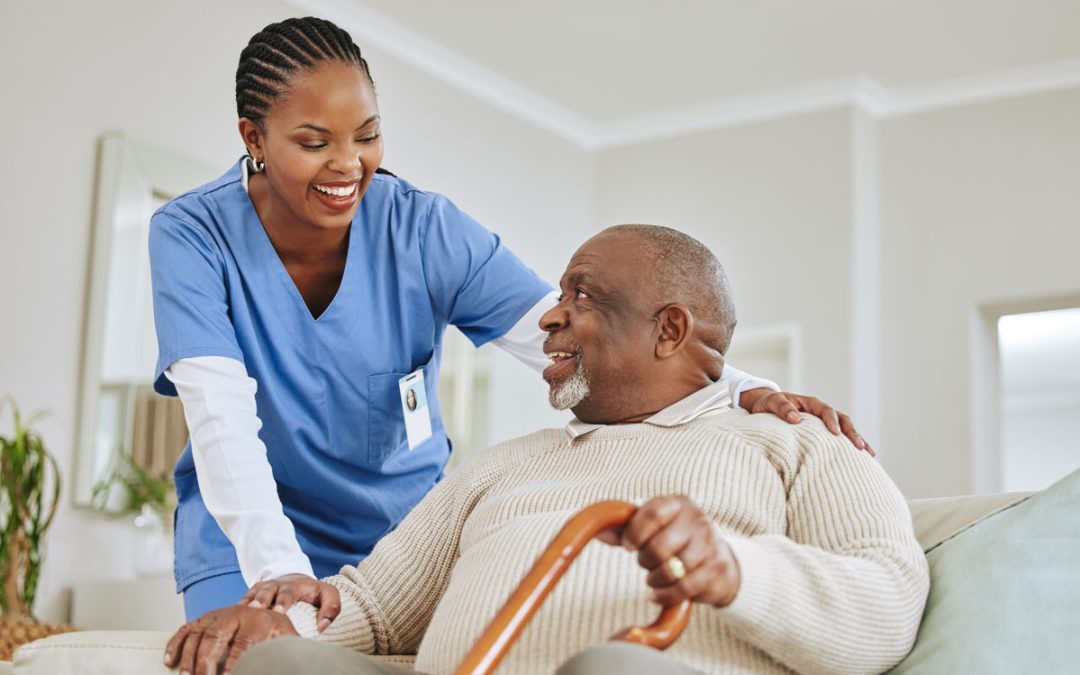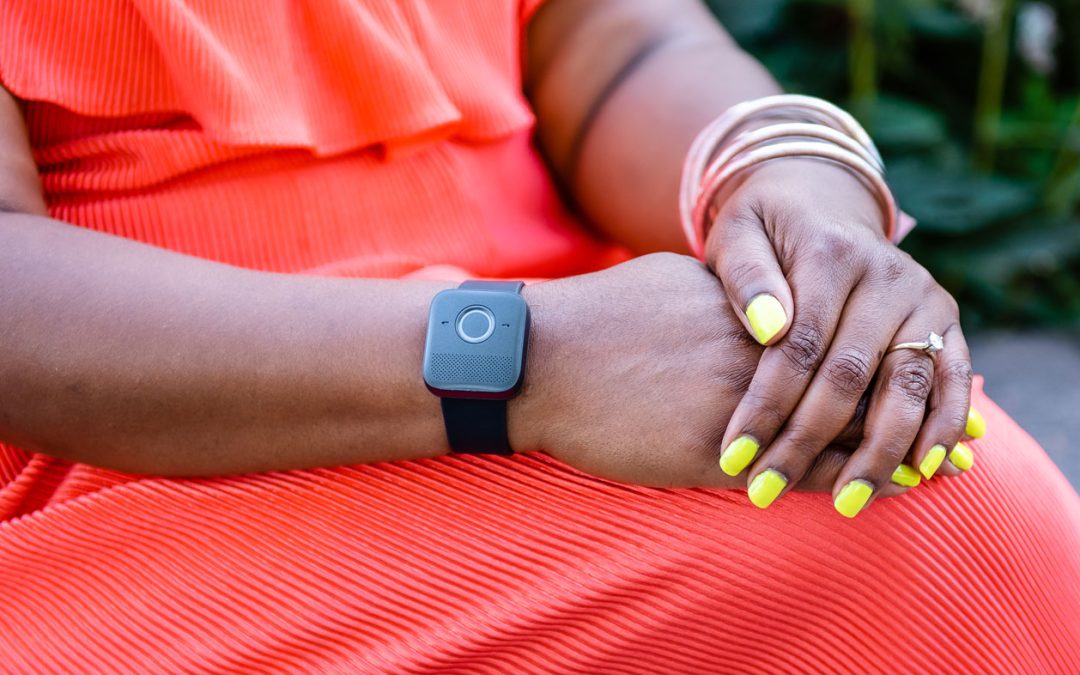
Medicaid Managed Care: 5 Ways to Close Care Gaps
Medicaid managed care provides health care and long-term services and supports (LTSS) to more than 92 million people in the U.S. Medicaid and dual eligible members are vulnerable, hard-to-reach populations who often have a myriad of factors that affect access and outcomes, and drive healthcare costs.
Disparities in health and healthcare among underserved populations have led to higher rates of chronic disease, lower life expectancies, and poor health outcomes.
Six in 10 Americans have at least one chronic disease and 4 in 10 have two or more. Chronic diseases are leading causes of illness, disability, and death and drive the $4.9 trillion in healthcare expenditures.
32% of Medicaid enrollees rate their physical health “fair” or “poor.”
How to Improve Engagement Among Medicaid & Dual Eligible Populations
Finding effective engagement strategies to improve quality, close care gaps, and drive better outcomes among Medicaid and dual eligible populations has been a challenge for plans.
These populations have unique needs and engagement isn’t one-size-fits-all, yet there are certain approaches that can start to move the needle on closing care gaps.
Improve Care Coordination and Support
Gaps in access to care are an ongoing challenge in Medicaid populations. Provider shortages in low-income communities, lower physician payment rates, and participation in Medicaid are among the many barriers.
Those who live in rural areas are also disproportionately affected. Compared to urban areas, rural communities have fewer primary and specialty care physicians. In fact, only 10% of physicians practice in rural areas, and over 65% of primary care Health Professional Shortage Areas (HPSAs) are located in rural or partially rural areas, according to the American Hospital Association.
Engagement solutions that combine digital health technologies, as well as human interaction, can help to improve access and close care gaps. These solutions include phone outreach and 2-way voice communication through Personal Emergency Response Systems (PERS) and provide members with support in identifying primary and specialty care providers, scheduling preventive care and screenings, medication adherence, and follow-ups.
Identify and Address Social Determinants of Health (SDoH)
Between 80 and 90% of health outcomes are attributed to social determinants of health (SDoH)—non-medical factors such as economic stability, food insecurity, and health literacy. SDoH are linked to health disparities, inequities, and poor health outcomes such as increased hospital readmission rates.
While SDoH has been an increased focus in recent years, plans have more work to do. Among Medicaid and dual eligible members, 60% are less than fully satisfied with their care manager’s ability to provide access to essentials such as housing, food, utilities, or transportation, one survey found.
Engagement platform solutions that conduct SDoH screenings to identify an individual’s factors and connect them to community resources such as medically-tailored meals can help close gaps in care and improve outcomes. These solutions may provide member education and support for those with low health literacy and limited English proficiency (LEP).
Some solutions also have teams of wellness advocates who conduct proactive outreach to facilitative preventative care, ensure devices are working properly, and provide high-touch engagement and support, for example.
Adopt Digital Health Solutions
More than one-third of healthcare executives (36%) say that investments in technology platforms are a priority this year, a recent Deloitte survey found.
The adoption of remote patient monitoring (RPM) technology, in particular, is on the rise. Between 2019 and 2021, remote patient monitoring (RPM) use among Medicaid members increased by more than 1,300%, a study in Health Affairs found.
Research shows RPM can improve patient engagement, adherence, and access to care, and reduce costly ED visits and hospital readmissions.
RPM, when integrated with personal emergency response systems (PERS), can monitor vitals, gather real-time data insights, and engage members in their care. Some platforms combine human and AI interactions to identify fall risks, provide preventative guidance, close care gaps, and allow members to manage their conditions.
Implement a Multichannel Communication Strategy
Health plan executives are increasingly using multi-channel communication strategies to engage members and improve quality and outcomes. In fact, more than half of health plan executives (55%) have increased their member engagement budgets and about 75% say they have placed more attention on these departments, one survey found.
A multichannel communication strategy can be an effective way to reach and engage members, meet them where they are in their journeys, build trusted relationships, and provide tailored communications and education that address member needs and preferences— boosting satisfaction and HEDIS scores.
Provide Proactive Care and Support For Older Adults
Most older adults want to age in place, with 75% who say they want to live in their homes and about the same (73%) in communities, a recent AARP survey found.
Many, however, are living alone and are at risk of hazards and falls around their homes. In fact, one in 4 older adults falls each year, but less than half tell their doctors. This drives up ED visits and hospitalizations. Each year, Medicaid pays $9 billion for medical costs related to non-fatal falls.
Digital health solutions that include PERS devices monitor older adults 24/7, provide 2-way voice communication with operators, and include fall detection for members who cannot send an alert during an emergency. With round-the-clock monitoring and timely interventions, members have peace of mind knowing they have support when they need it most
Boost Member Engagement With Medscope
Engagement is the key to closing care gaps, better outcomes, and member satisfaction that boosts HEDIS scores and drives retention and loyalty. MedScope is a leading provider of RPM and PERS, allowing care managers to deliver patient-centric care. Our AI-powered solution in combination with our highly-empathic wellness team connect and build trusted relationships with members to close care gaps and drive engagement. To learn more about our solutions and schedule a demo, contact us today.





